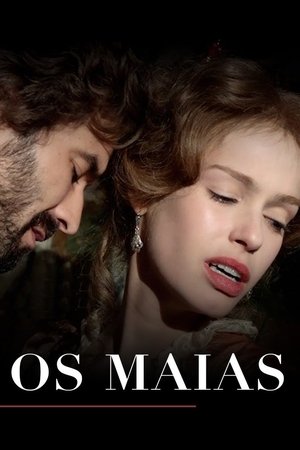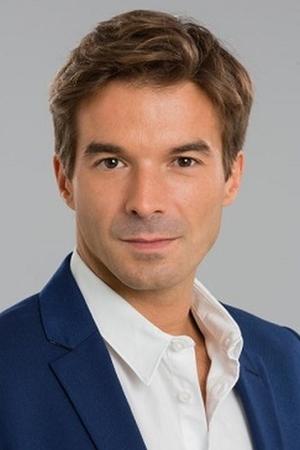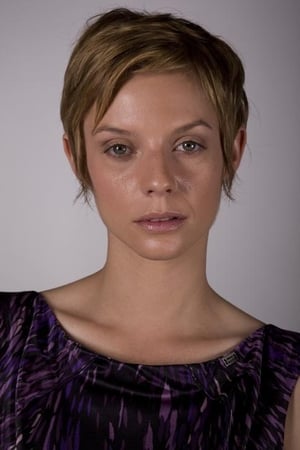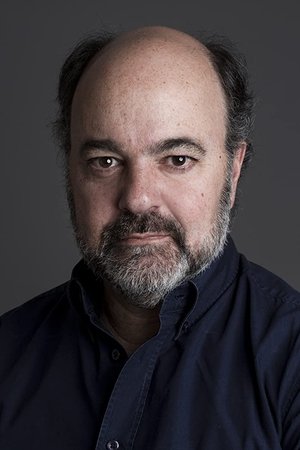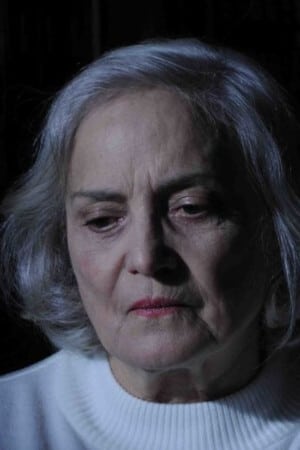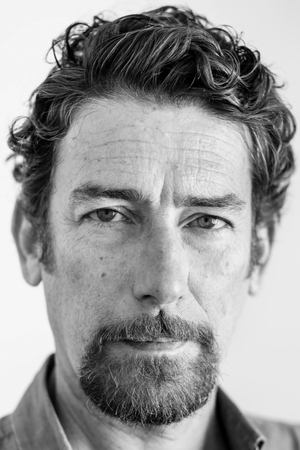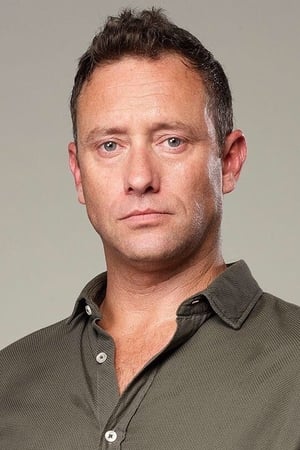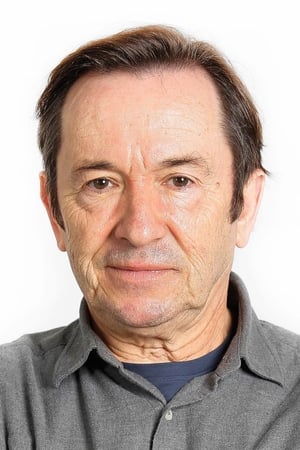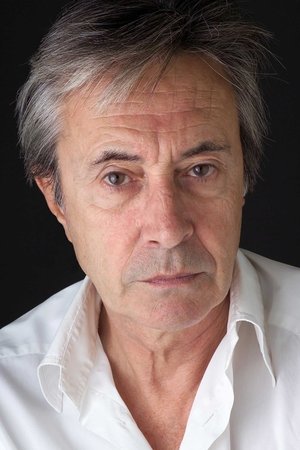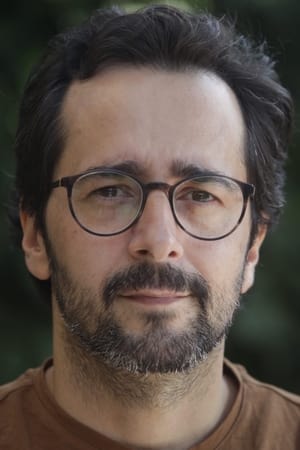Videos Playlist
Similar Collection
Images
-
Filipe Manuel Neto
**It has weaknesses, but it is still a good film and does not do a disservice to the genius work of Eça de Queirós.** Anyone who knows me knows that I am quite critical of Portuguese cinema. This film is not, however, one of the worst: it has many weaknesses, but I think I can understand and tolerate them, even if I cannot ignore them. Overall, the film delivers what it promises: a plot faithful to Eça de Queirós' remarkable novel, in which we explore the tragic history of three generations of a noble Portuguese family while, at the same time, dissecting the country's social elite, which the author paints with sad colors. To understand “The Maias” it is necessary to understand Eça de Queirós. He came from bourgeois social backgrounds and married an aristocrat. He was wealthy, a career diplomat, someone who saw what was happening abroad and understood the economic, social and intellectual backwardness and weaknesses of the country he served. And he mirrored in a small group of characters what he thought of the Portuguese elite: people without ideas, without qualities, idle, morally decadent, given over to religious mysticisms and fanaticisms or, in contrast, to mocking immoral madnesses watered down with alcohol and cheap perfume, entertained in games, races, theaters and futile occupations. A rich society that did not make the country move forward, but rather numbed it like dead weight, and that, instead of imitating the good examples of foreign societies, only copied its fashions. João Botelho managed to take all of this and flesh it out in a very positive way. Of course, we can't condense a six-hundred-page book into a two-hour movie, and anyone with common sense understands the need for adaptations. In general, the content of Eça's detailed descriptions, which mark his way of writing so much, are evident in the sets, props, costumes, the actors' attitude and the voice of the Narrator. The cast also did a positive job: the performances of José Neto, Filipe Vargas, João Perry, Graciano Dias and Pedro Inês, in that order, deserve special mention, with the latter actor giving us a particularly inspired vision of the stray, revolutionary and nonconformist Ega. Maria Flor, on the other hand, does not seem to have understood the character, who is, moreover, the most difficult here: we only see her character through the passionate eyes of the other characters: sometimes deified, sometimes demonized. The actress, however, does not seem to have the ability to fit in between one and the other, doing the same balancing act with the character that Eça did in his text. But these problems are minor issues. The film fulfills its purpose and does the original book a good service. The only thing we regret is that almost everything was filmed in theater settings, without making use of the beauty of Lisbon's streets or other outdoor locations. São Carlos Theatre, the Royal Palace of Ajuda and other places were used in various effective ways, but the exteriors are missing. Perhaps this is due to any budget restrictions, and the logistical difficulties that arise when you want to shoot on a street in a city as busy as Lisbon. If so, it's something I'm willing to understand.
